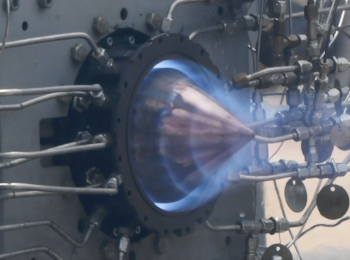It is possible for life to exist on three planets in the newly discovered planetary system TRAPPIST-1, according to scientists. Now a biologist has presented his suggestions of what this life could look like.

The TRAPPIST-1 star and planetary system is located 39 light years from Earth and is a so-called red dwarf star with a diameter equivalent to one-tenth of the sun’s diameter. It is a relatively cold star, around which seven stone planets orbits.
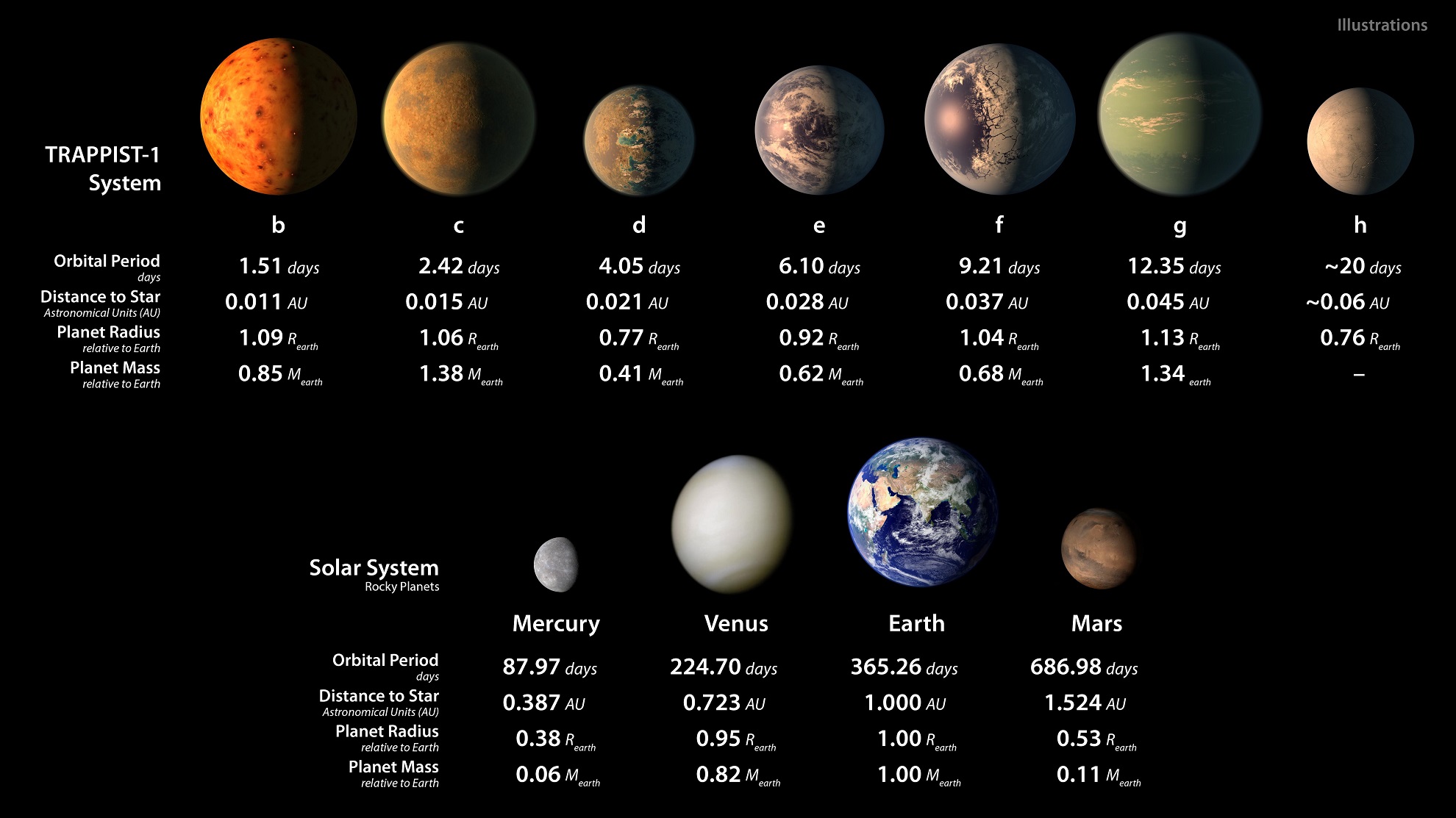
Discovered in May 2017, it is deemed to be one of the most important exoplanet findings of the decade. Three of these planets orbits its host star within the habitable zone where life as we know it could exist. Now a biologist who is a specialist in animal development has presented his suggestion on how these strange animals and plants could look like.
Red Dwarfs
Red dwarf stars are the most common type of star in the Milky Way. According to some estimates, red dwarfs make up three-quarters of the stars in the Milky Way. The thermonuclear fusion of red dwarf stars is slow-burning and the stars develop very slowly, maintaining a constant luminosity and spectral type for trillions of years until their fuel is depleted. Therefore, these long-lived stars provide stable conditions for life to develop over a vast amount of time.
Although, there are several factors which may make life difficult on planets around a red dwarf. They are slow-burning but also often so-called flare stars, which can emit gigantic flares, doubling their brightness in minutes. These outbreaks can be so powerful that they create magnetic storms thousands of times more powerful than the worst solar storms that hit the Earth. And naturally, this variability may make it difficult for life to develop and persist near a red dwarf.
Astrobiology
Even if a magnetic field protects the planets orbiting TRAPPIST-1, any animals living there would need protection against the radiation. The biologist, therefore, imagines that the animals are armored with thick skin and plates. The animals also have strong front legs, so that they can quickly dig and hide when the star is flaring.
“This odd creature grazes on low growing lichen-like vegetation and digs for buried tubers. The low-slung body and armored carapace permit it to forage during the blistering windstorms that scour surface. The paddle-like tail and vestigial fins betray an aquatic larval stage in the cool lakes at the edge of the melting dark-zone glaciers.”
– Dr. Brian Choo
Red dwarfs radiate much less visible light than, for example, our own star. TRAPPIST-1 releases only 0.05 percent of the sun’s light. Plants would, therefore, need not only be able to utilize the star’s visible light but also the heat radiation in its photosynthesis. The leaves are probably black or dark since dark colors absorb heat radiation.
In these harsh environments, the plants must hide both roots and water underground – just like fungi do – and spread their leaves down on the ground.
“The fleshy body of this ‘plant’ is mostly underground, save for the spectacular rosette of petals that trap moisture and, with the aid of symbiotic microbes, harness sunlight. While the mature organism is immobile and unthinking, its wind-blown seeds possess the limited degree of self-awareness necessary to navigate it to a site suitable for germination.”
– Dr. Brian Choo.
Planets orbiting red dwarf stars may be the most common habitable worlds in the galaxy. But they’re also very challenging. If the worlds of TRAPPIST-1 have life, it would certainly be very different to our own.
Reference:
Flinders University Dr. Brian Choo


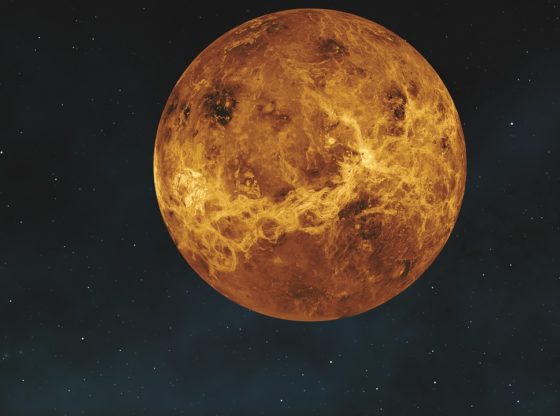
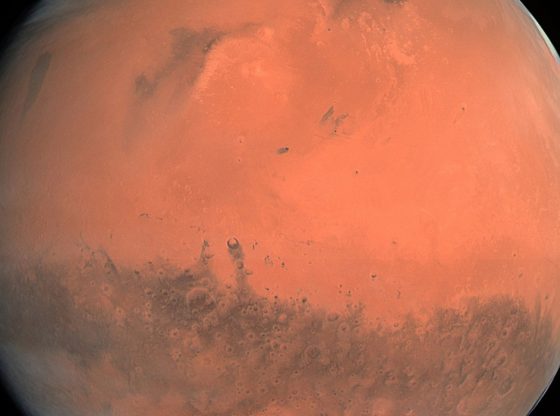
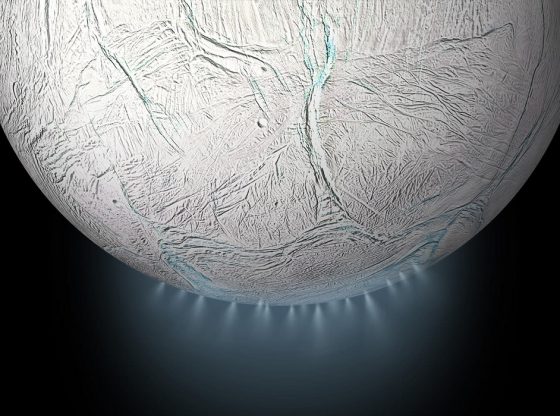
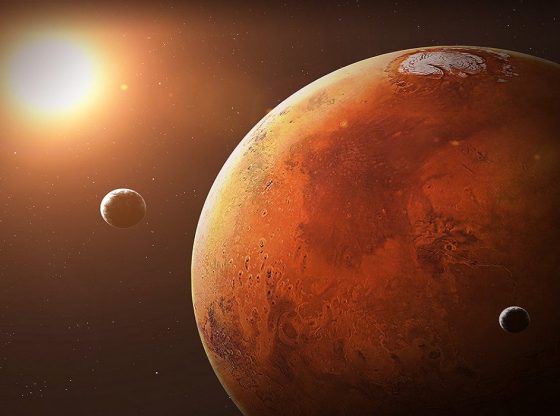
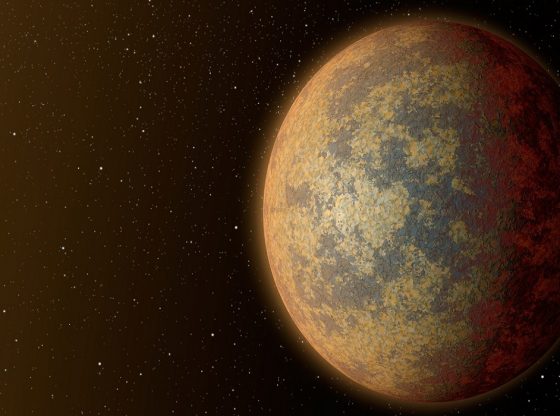
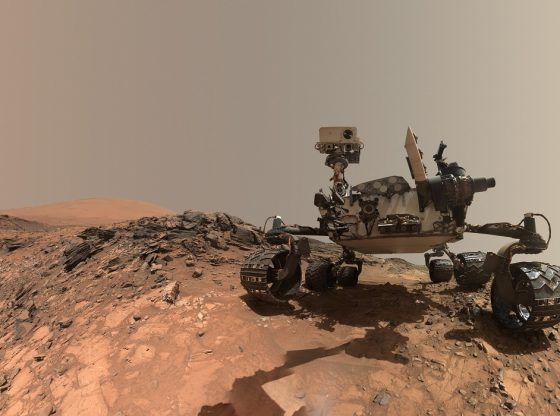
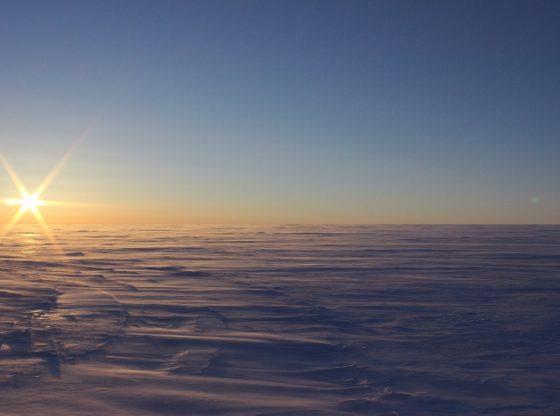
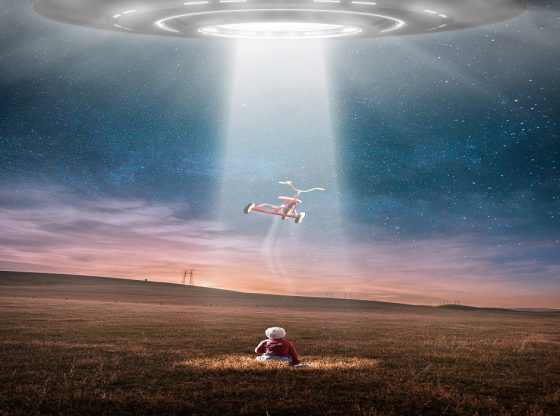
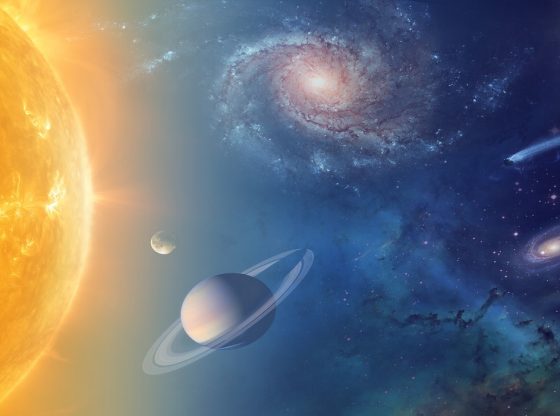
![OpenAI. (2025). ChatGPT [Large language model]. https://chatgpt.com](https://www.illustratedcuriosity.com/files/media/55099/2638a982-b4de-4913-8a1c-1479df352bf3-350x260.webp)








